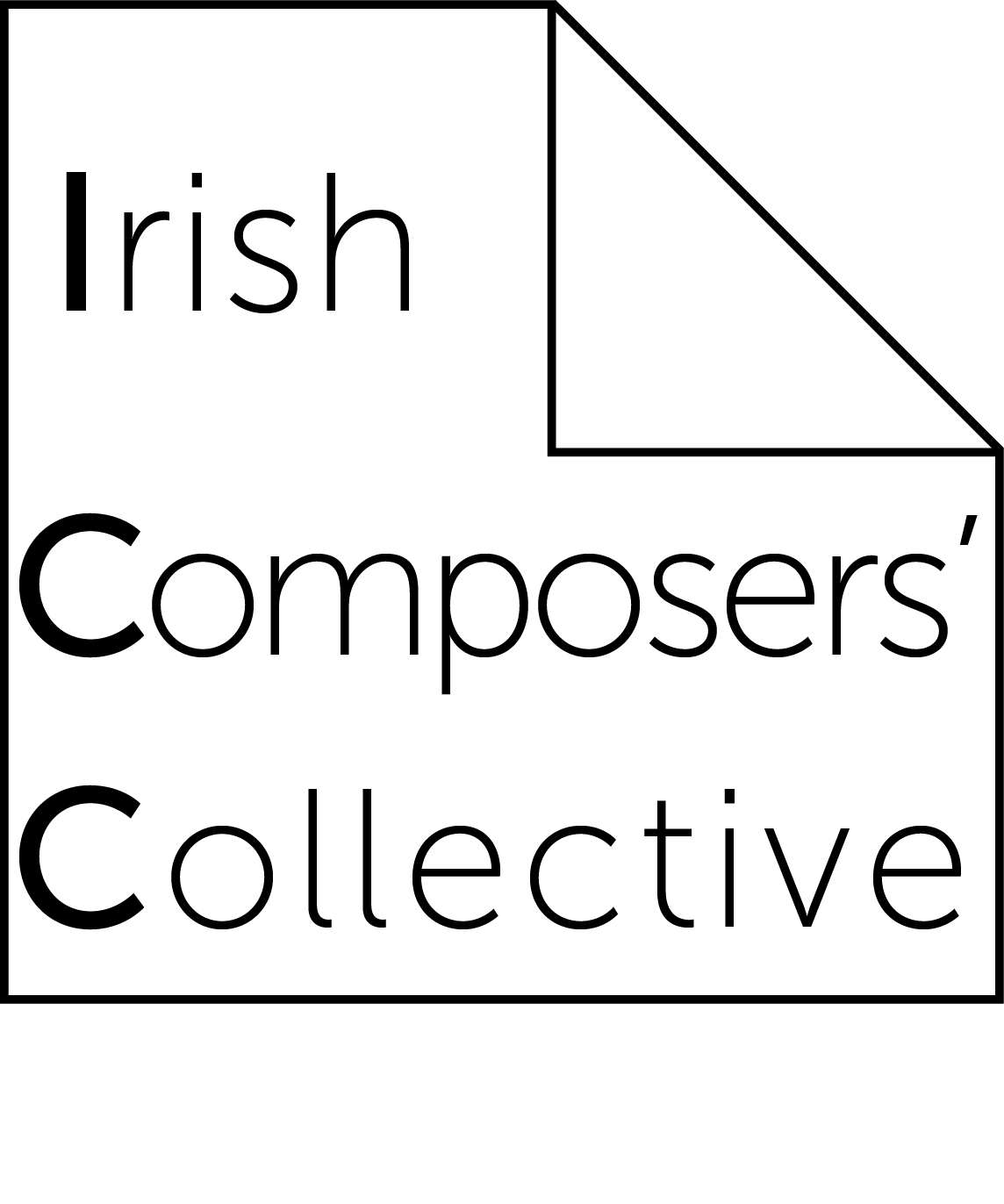Conversations Blog #3: A View from the Choir, Eoin Conway
A view from the choir
New Dublin Voices’ working repertoire spans about four or five hundred years, with a greater emphasis on the contemporary than most choirs. But all the pieces we sing normally arrive to us fully-formed. This project has given us a glimpse into the act of composition, an opportunity to see musical material in embryonic form, growing and changing through various drafts. For us, interaction with composers normally means asking questions and adapting our performance to match what the composer wants. But workshops give opportunities for composers to try different approaches to see what works for the performers.
Singers are an idiosyncratic bunch, and writing for us must seem very counterintuitive to anyone who’s used to writing for instruments. A textbook will say to the young composer: here are the ranges of a soprano, alto, tenor and bass; now go forth and compose. For example, Wikipedia defines the bass range as “generally” reaching down to two octaves below middle C, and defines tenors as being able to sing to the C above middle C. What the textbooks won’t tell you is that singers with that kind of range are extremely rare. I’ve known choral directors to refer to them (in hushed, reverent tones) as “true tenors”, or “real basses”, etc., to distinguish them from all the tenors and basses out there. Even if the textbook advises a more conservative range, the arcane matters of tessitura and passagio, while matching high and low notes to the most appropriate vowels, can take years to master.
To complicate matters further, writing for several voices is a different discipline to writing for one voice, because relative range will affect the balance of the chords. A climactic passage which crescendoes out into bigger, richer harmonies, with everything from the highest, soaring treble to the deepest, thundering bass played together, sounds great or on a piano or in MIDI playback, but goes against the grain for a choir. The mismatched ranges will unbalance the chords, and making smaller subdivisions of voices will cancel out the effect of the crescendo.
Happily, the majority of the ICC composers arrived with a good grasp of these principles. Most of the issues arising in rehearsal, mundane though it sounds, were about notational clarity and ease of reading. One composer submitted a first draft printed in landscape format, which looks great… until you put all your concert music into a folder.
The primary rule of notation is to write your music so that it’s easiest to read. A different way of stating the obvious is that the music, as far as possible, should look the same way that it sounds. If a piece contains tonal chords, spelling them with a mixture of accidentals will create confusion. If a piece sounds gentle and not rhythmically charged, very precise rhythmic notation will undermine the mood. It’s hard to maintain a serene sound if the singers are counting furiously in their heads to navigate a thicket of rhythmic information. A disagreement between the eye and ear can be jarring enough to derail the piece.
That sounds so obvious that it's almost insulting to mention it. But in practice, when you’ve been working on a new piece for a long time, it’s not easy to take a step back and see it with fresh eyes. One piece arrived to us with a rhythmic pattern which was 5 crotchet beats long, and therefore notated in bars of 5/4. But that created oddities like triplets beginning halfway through beats, so we asked the composer to re-notate it in two bars of 5/8. The score now looks less tidy, but the rhythm is easier to process.
Clear notation applies most of all to uncommon or extended techniques. In our ICC pieces, we’ll be singing, speaking, ululating, sliding between notes, singing our highest possible notes, clasping our hands over our mouths, breathing loudly, and imitating seagulls. Anything is possible, as long as the notation is clearly explained. One piece included an aleatoric section, unbarred, with stemless notes, saying that singers should use the written pitches “as a guide for the melody”. This meant that singers should use the written pitches in free rhythm. But “as a guide” is a little ambiguous. It could also have meant “use approximately these pitches”, so we had to double-check.
All this nitpicking about notation sounds like a small point, and indeed it only poses a problem on the first or second readings through a new piece. But first impressions matter, and they can make the difference between a choir persevering with a new piece or not. It is my hope that the composers will come away from the project with pieces capable of taking on a life of their own.
[ - Eoin Conway is a freelance musician, and countertenor with New Dublin Voices ]
